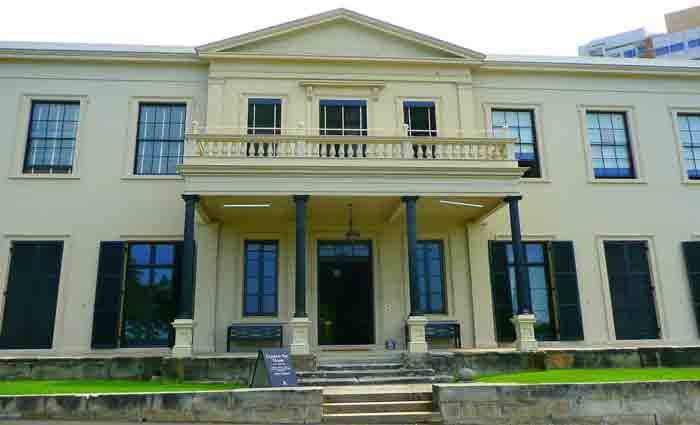Let’s face it – there’s something particularly captivating about heritage features.
We’re talking high ceilings, ornate tiling, timber windows, quality craftsmanship and original floorboards – the small details that add charm, character and historical appeal to a home. If you’re lucky enough to have these period features in your property, you might be wondering whether they’ll help when it comes time to sell.
In Sydney, the outlook is largely positive. Local research found that you’ll pay a premium for heritage-listed houses over unlisted houses. While this research looked at homes on the upper north shore, my experience in Potts Points indicates it’s no different here.
Period features, particularly those in the quintessential art deco styles, are often favored by home-buyers (both old and young), and can add value to individual properties as well as the overall streetscape. You only need to take a look at some of Potts Point’s iconic hotspots – the heritage-listed buildings in Victoria Street, or the 1930’s and art deco apartments blocks of Macleay Street (including the iconic Manar) to see why these features have such a sway over people.
But not all properties are created equal. Some heritage features are worth more than others, and heritage features alone aren’t always enough to raise the value of your home. Why not?
1. It’s a matter of taste
Surprisingly, heritage features aren’t everyone’s cup of tea. Whilst one person might swoon over the sunbursts adorning the top of federation or art deco buildings, or the stucco chimneys of an old Edwardian property, they won’t have the same emotional pull on everyone, and some people might actively reject such features in favor of more modern property styles.
While older apartments and houses, particularly those of the Victorian, Edwardian and Art Deco era are often highly sought after, other heritage features fall into a more niche market, with people putting different prices on different styles, according to their own taste.
2. Functionality over form
No matter how endearing your heritage features, they still need to be convenient in the modern world. After all, no one wants to pay a premium for something that’s going to make their life more difficult. Kitchens and bathrooms often fall into this category. And older apartment with charm and character often come without the bells and whistles of newer apartments: no elevators, or small elevators, communal laundries, no gyms or pools and limited parking.
3. Age isn’t everything
While heritage features are often valuable, there are many other factors that will have a greater sway on a property’s selling price. Even most aesthetically appealing period property won’t make up for the fact it’s in a bad location. But this isn’t something we need to worry about too much in Sydney, where location and access to amenities are a key draw-card. So heritage features, combined with a top-notch location, can be a genuine draw-card for the right market.
4. With great features comes great responsibility
These days, people tend to be more aware of the cost and obligation that comes with heritage features. There’s often a reason why such features are no longer reproduced – often, they’re just too expensive or difficult to maintain. So before they put down a deposit, they might be more conscious of the upkeep they’re buying into, and realistic about the amount they’re prepared to shell out for restoration and maintenance.
What about your property?
Although a property steeped in history will often fetch a higher price in the market than a newer build, whether this holds true of your home depends on a number of factors. The era, style and condition of your heritage features will play a role, as well as the cost of their upkeep, other important qualities your property has to offer, and ultimately, your target market’s personal taste. However, if the features are carefully restored and maintained, don’t compromise functionality or incur long-term costs, they’re likely to give your properly a valuable boost.

